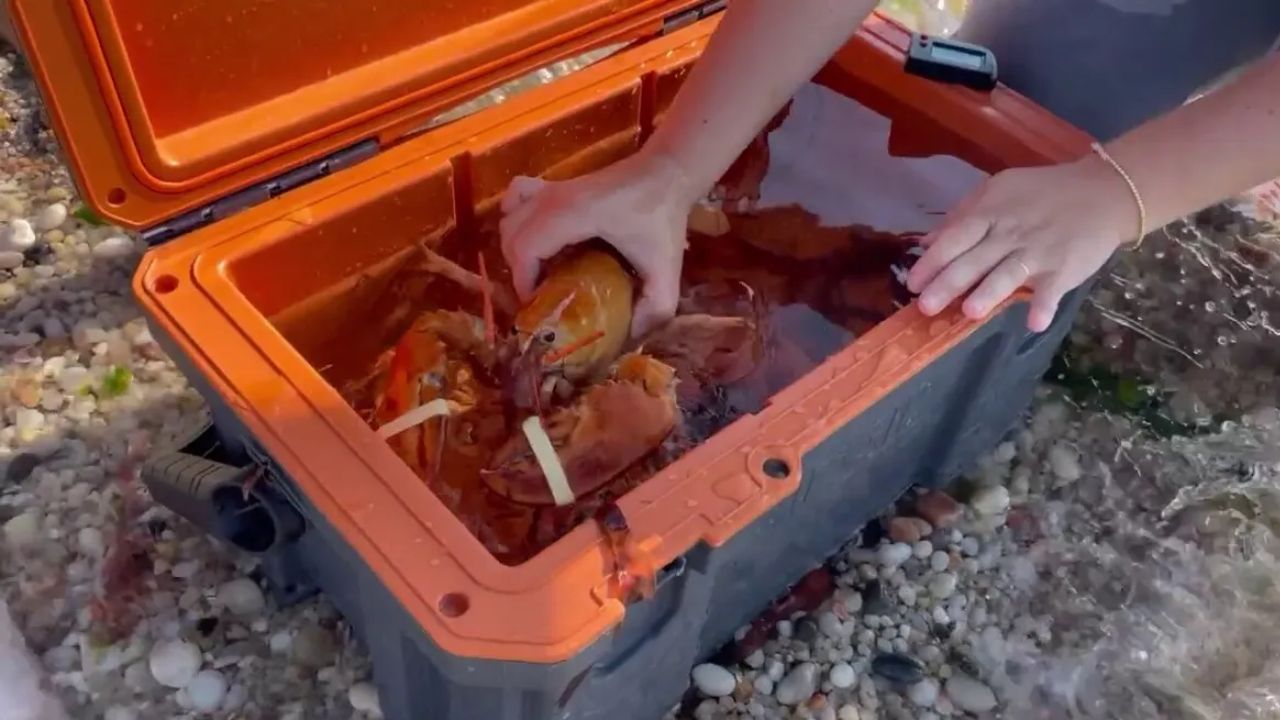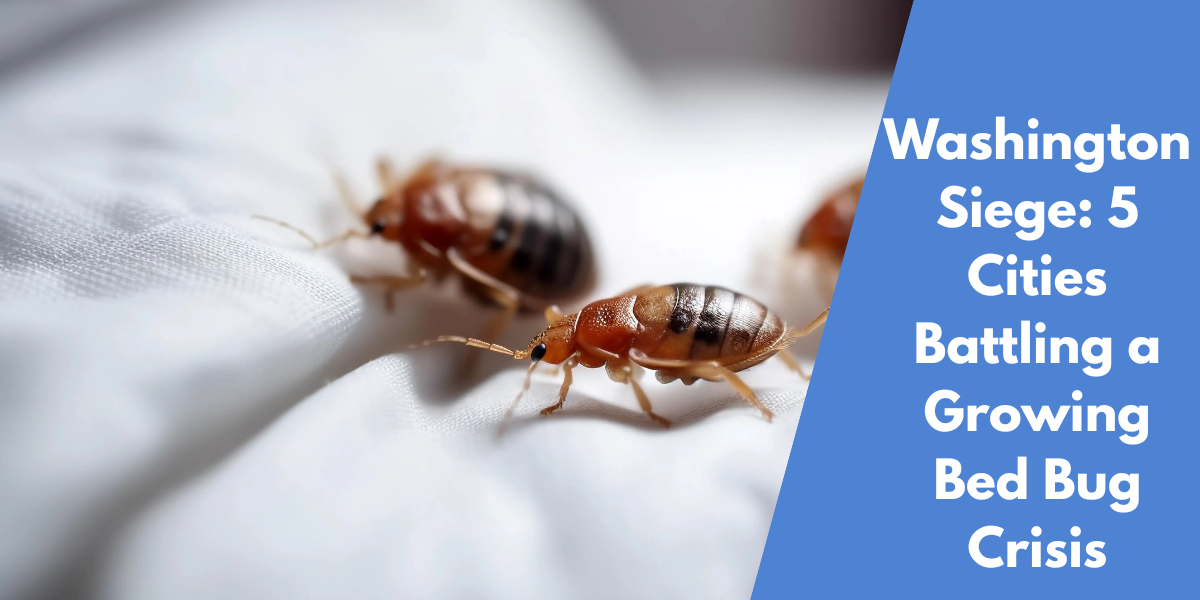Rochester, NY – A 1-in-30-million orange lobster has been saved from an uncertain fate and returned to its natural habitat after being spotted in a New York supermarket. Named “Jean-Clawd Van Dam,” this extraordinary crustacean’s rarity captured the attention of animal advocates and ocean enthusiasts alike.
Unlike the common greenish-brown or olive-green American lobsters, which only turn red or red-orange after cooking, Jean-Clawd was naturally bright orange, making this lobster an ultra-rare specimen. Thanks to the efforts of the animal advocacy group Humane Long Island, Jean-Clawd was safely released back into the Long Island Sound, ensuring its survival and freedom.
A Remarkable Rescue of an Extraordinary Lobster
Video footage showing Jean-Clawd in a supermarket tank before being released has recently gone viral. The lobster was discovered in a Rochester, New York supermarket and quickly became the focus of Humane Long Island’s rescue efforts.
John Di Leonardo, Executive Director of Humane Long Island, emphasized the intelligence and sensitivity of lobsters during the release.
“Lobsters are sensitive, intelligent animals who can travel as far as 100 miles or more each year. Like all aquatic animals, lobsters feel pain and suffer when taken from their ocean homes to be eaten or confined to cramped aquariums.”
This rescue underscores the importance of recognizing lobsters as sentient beings deserving of humane treatment.
Global Changing Attitudes Toward Lobster Welfare
Humane Long Island highlighted ongoing global efforts to improve lobster welfare. Several countries and cities have legislated against boiling lobsters alive, a practice deemed needless and cruel.
- Switzerland, Norway, and New Zealand have banned the live boiling of lobsters.
- The city of Reggio Emilia, Italy, has also passed similar laws to protect lobsters.
Such legislation reflects growing awareness that lobsters, regardless of their color, are sentient and deserve compassionate treatment.
Conservation and Lobster Population Facts
Jean-Clawd’s rescue story also brings attention to the broader lobster industry and conservation challenges.
- An estimated 100 million lobsters are caught and killed annually in the United States.
- Even ultra-rare lobsters, including orange, yellow, and blue varieties, often face capture and exploitation.
- The habitat of the American lobster spans from Newfoundland, Canada, to North Carolina, USA, with most catches coming from Massachusetts, Rhode Island, and Maine.
Read Also: Starbucks Store Closings 2024: Nationwide List of Locations Shutting Down
According to NOAA, most American lobsters are greenish-brown or olive-green and turn red only after cooking. The existence of naturally orange lobsters like Jean-Clawd remains an extraordinary marvel.
For more detailed information and to view the rescue video, visit the original report by New York Post.
What Does Jean-Clawd’s Story Mean for Lobster Awareness?
The safe return of Jean-Clawd Van Dam serves as a poignant reminder of the value of marine life and the need for increased respect and protection of sentient sea creatures. It also spotlights how rare and unique some ocean species can be, urging consumers and retailers to consider more humane practices.
Key Takeaways:
- Jean-Clawd is an ultra-rare natural orange lobster, a 1-in-30-million occurrence.
- Lobsters have complex behaviors and feelings, challenging traditional views on seafood treatment.
- Global legal changes reflect shifting sentiments toward humane lobster treatment.
- Conservation of lobster populations and habitats remains crucial for marine biodiversity.
What do you think about this discovery? Have you ever encountered an unusual lobster like Jean-Clawd? Share your thoughts in the comments below!


 by
by 

